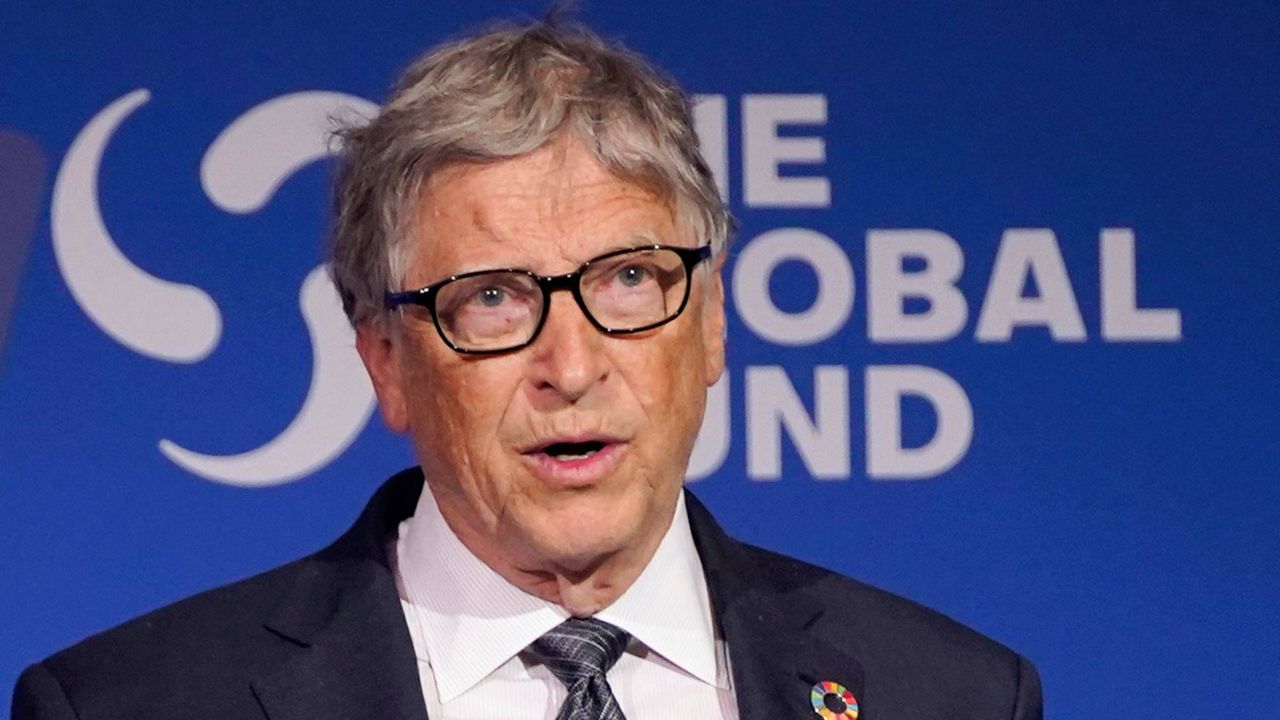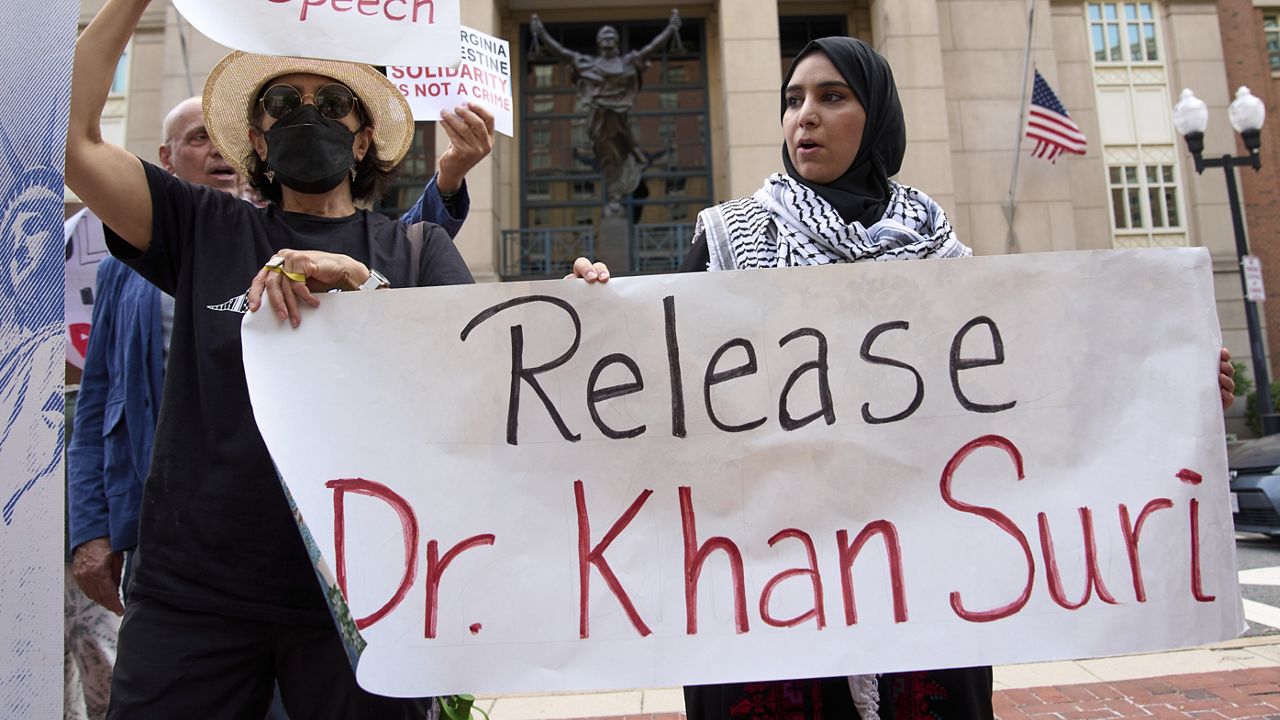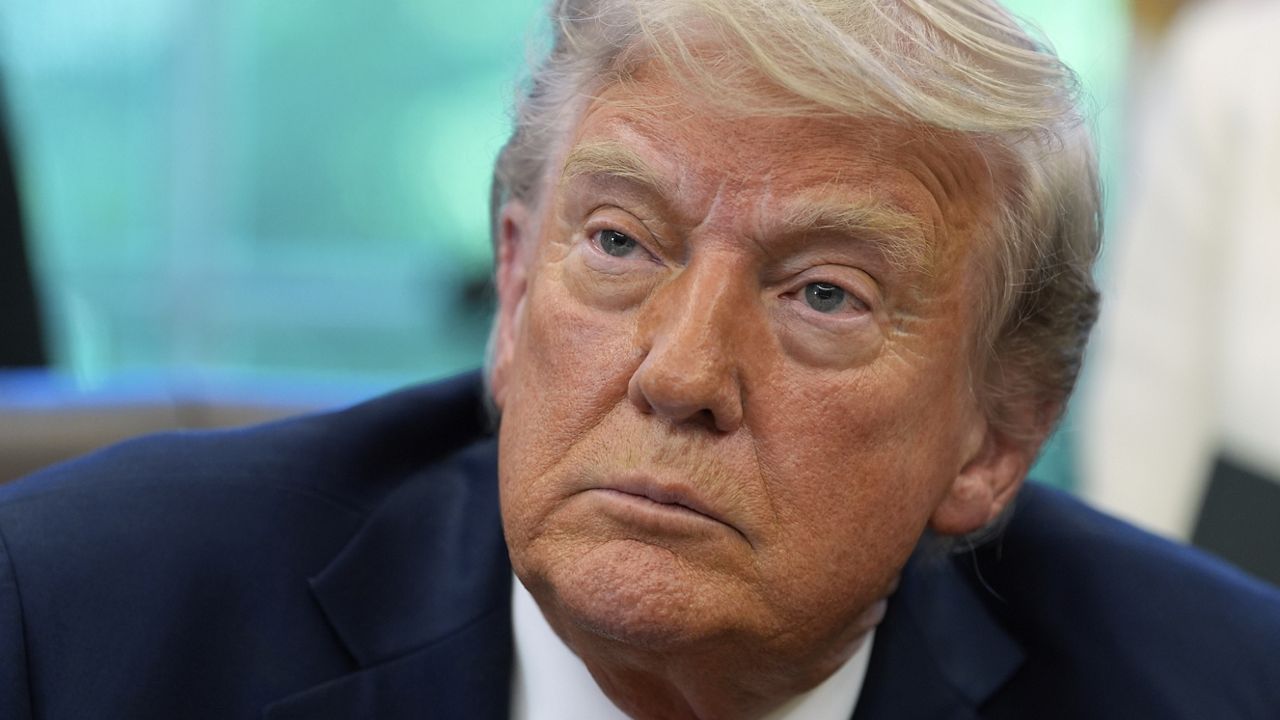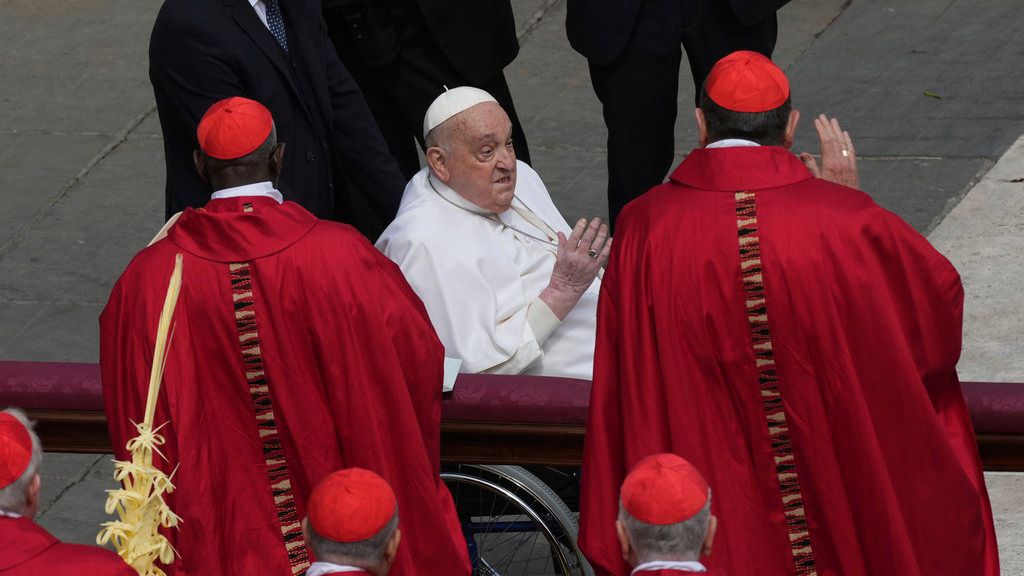BUFFALO, N.Y. — Following two mass shootings just 10 days apart in Buffalo and Uvalde, thousands of people will participate in March For Our Lives once again. Founded by victims and survivors of gun violence in the wake of a 2018 school shooting at Stoneman Douglas High School in Parkland, Florida that left 17 dead and 17 others injured, those impacted most by gun violence will unite once again with supporters to help prevent further gun deaths.
What You Need To Know
- March For Our Lives, an anti-gun violence demonstration created in 2018, will return on June 11 in the wake of mass shootings in Buffalo, New York and in Uvalde, Texas
- The first March For Our Lives was organized as a response to a mass shooting at a Parkland, Florida high school that left 17 dead and 17 others injured
- Gun reform, federal funding for violence prevention strategies and the reiteration of gun violence as a public health crisis are among the changes marchers will call for
“To take that type of trauma and to turn it into such a huge moment was inspiring for so many of us as survivors, and I think there are multiple leaders across the gun violence movement that felt the energy from that moment and have continued to fight in our own unique ways,” said Gregory Jackson.
Jackson is the executive director of the Community Justice Action Fund, a nonprofit designed to reduce gun violence in Black and Brown communities founded in response to the 2015 mass shooting at Emanuel AME Church in Charleston, South Carolina. He is also the survivor of a 2013 act of gun violence.
The Community Justice Action Fund, along with other marchers, will take to the nation’s capital in D.C. once again with communities across the country organizing localized marches as well. This year, the goal of the march is to push for changes on federal and state levels like the establishment of a National Office of Violence Prevention, federal funding for community-led violence intervention and prevention strategies and reiteration of gun violence as a public health crisis.
“We’re in crisis mode and every time we’ve seen another health crisis, whether it was the opioid crisis or even the COVID-19 pandemic, we saw a full, comprehensive strategy that included new laws and regulations and mandates, but most importantly, included resources to help people navigate through," Jackson said. "We expect that same type of response with gun violence.”
While the tragedies in Buffalo and Uvalde reignited the march, mass shootings account for less than 1% of gun deaths in the United States, which is why organizers and participants are pushing for laws to help end all gun violence, especially in the most vulnerable communities.
“It’s important that we step up and acknowledge the pain and trauma from these two incidents specifically, but we also use this as an opportunity to make sure all forms of violence are being addressed and that kids are safe at their home just like they should be safe at their school, that adults are safe at the grocery store just like they should be safe in their neighborhoods,” Jackson said.
With the Centers for Disease Control and Prevention reporting earlier this year that gun-related homicides have increased since 2020, many are marching now to save lives in the future. As Jackson noted, there are more guns in the United States than people, which is why action is critical.
“The average shelf life of a gun is 19 years and so if we have 400 million guns with a 19-year lifespan, then we have about two generations that we really have to take care of that are already going to live in these communities saturated with guns, and there are solutions that work and that exist," Jackson said.
To learn more about March For Our Lives, visit marchforourlives.com.










